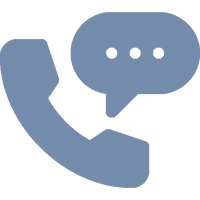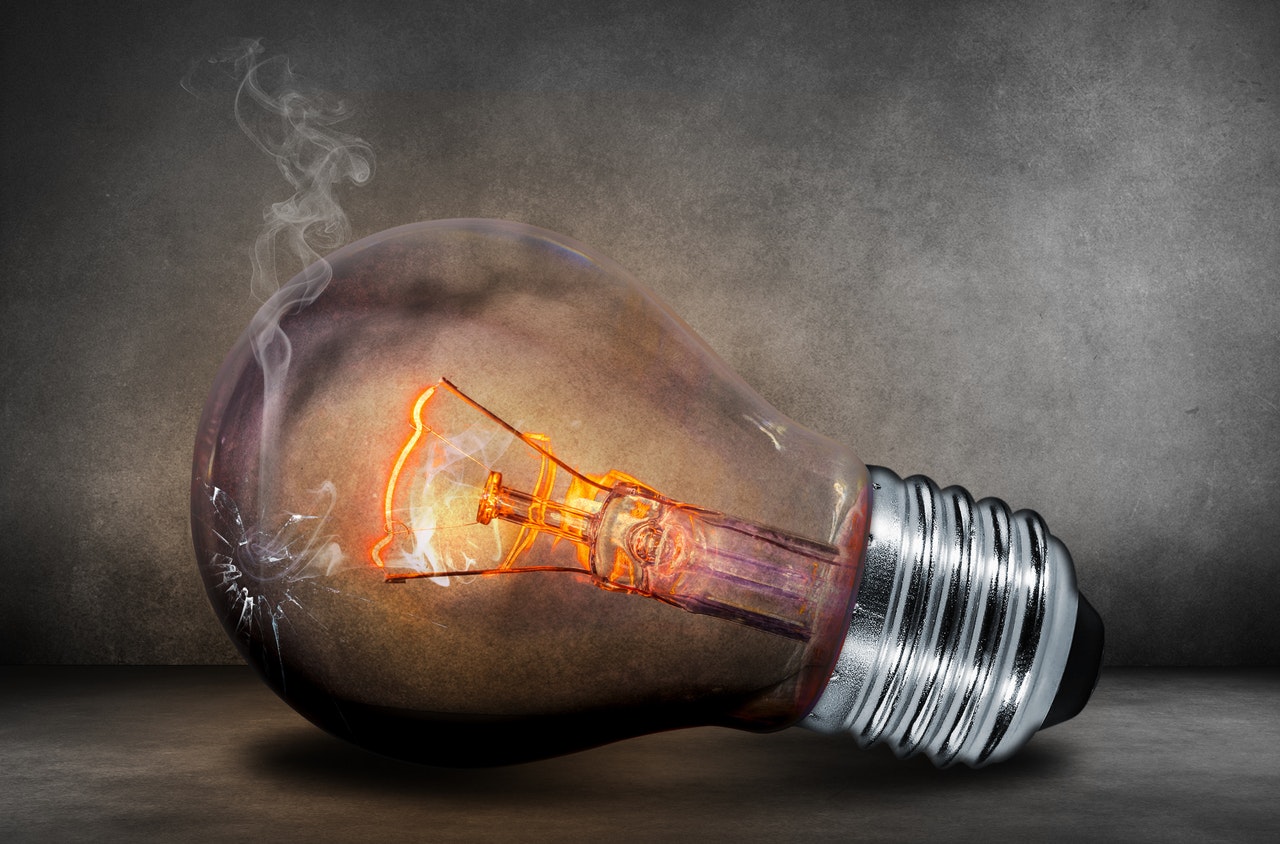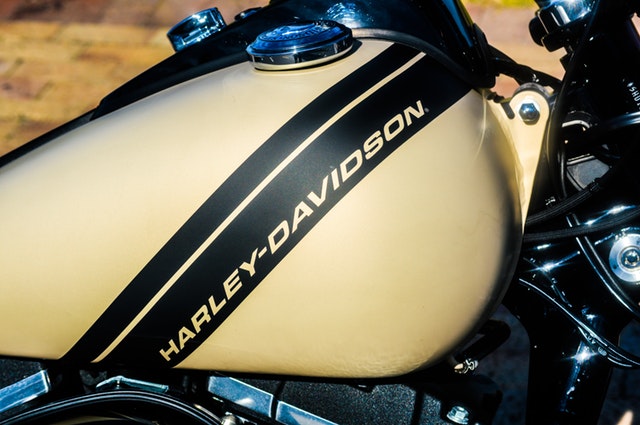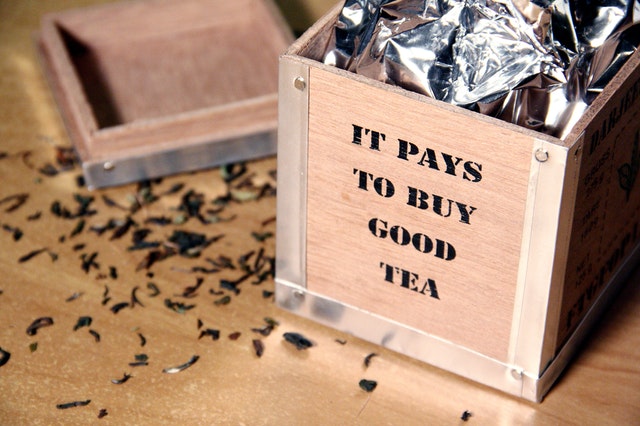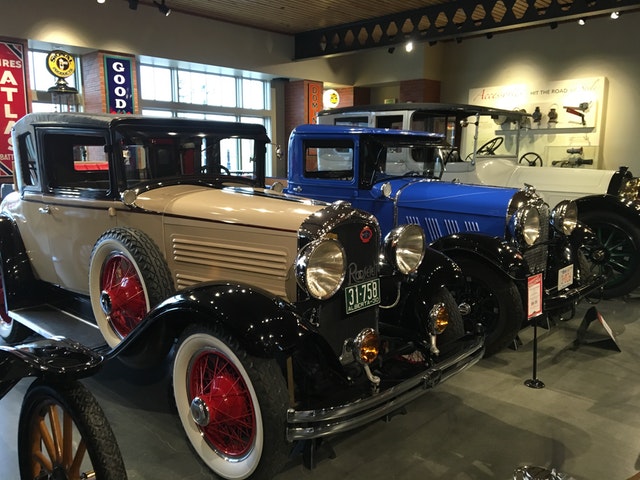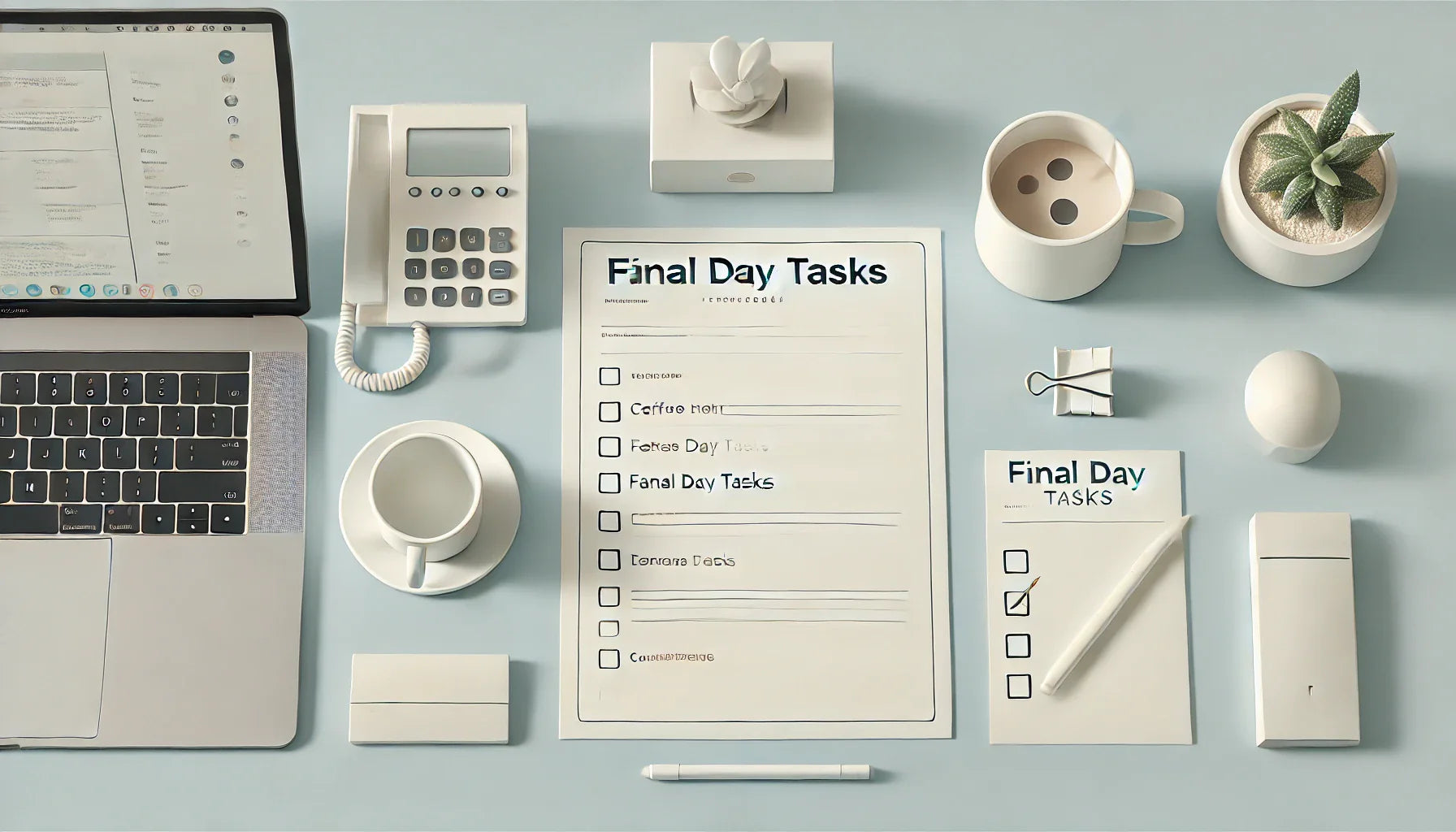|
With the advent of 3D printers, illegal downloads, and everything made in China, is any product safe?Learn the best ways to protect your products and inventions from being knocked off. Is the deck rigged against you?Small businesses, startups, solo-inventors, and designers generally do not have the money to defend themselves in litigation against a large company accusing you of patent, trademark, or copyright infringement or infringing your patents, trademarks, or copyrights. Larger companies have more money, more resources, and more time. So how do you fight back and win? This article will look at practical applications of using Intellectual Property Law (Patent, Copyright, Trade-dress, and Trademark law) and (working with customs officials, monitoring sites such as eBay, clear branding strategies) as a means for protecting one’s design from knock-offs and counterfeiters. Copyrights
Copyrights protect create works of art. Things like fashion, films, tv-shows, books, sculptures, paints, music, and so forth. A copyright applies to the a work's expressive design component that is separable from its useful function. With products and inventions that are both useful and aesthetically pleasing, copyrights protect the aesthetic part of the product or invention and patents cover the useful part of the product or invention. An artist seeking copyright protection from a knock-off must convince a judge that either the product or invention is not functional or that its artistic design is separable from its utilitarian purpose. To stop knockoffs from copying your artistic work or aesthetic design with copyrights, be prepared to show how the artistic work is non-utilitarian and that you created it first. Patents
A patent is granted for a new and useful process, machine, manufacture, or composition of matter and it must advance the prior art in a way that that is non-obvious. Inventions that serve a purpose generally fulfill this requirement. To get a patent on an invention or product you need to convince the patent office you invention or product is different than what is currently in the public domain (novel) and not an obvious variant of what is already publicly available. If/when your patent is granted, you can then enforce the patent to stop others from making, selling, or manufacturing your product or invention. However, if you have to go to court, be prepared for things to get expensive. The best option is to see if you can work out an agreement with the infringer for them to stop or pay you a fee to license you patent. Trademarks
A trademark is any word, name, symbol, device, or combination thereof that is used by a merchant used to identify their goods or service and distinguish them from those manufactured and sold by other merchants. For example, Louis Vuitton’s “LV” logo or Nike’s swoosh are trademarks. Trademark protection in the United States is very strong and potentially infinite in length, as long as the mark is being used in commerce to designate the source of the goods and services. The key to determining if another company or individual is infringing on a trademark is the likelihood that ordinary consumers in the marketplace would confuse the original trademark and the allegedly infringing trademark. For example, Adidas won a $305 million dollar judgment against Payless Shoes in 2008 for selling two and four stripe shoes that looked very similar to Adidas’s three stripe shoes. Trade Dress
Trade dress falls under the realm of trademark law and refers to a product’s overall appearance and the total image presented to consumers, either of the product itself or its packaging. Trade dress can encompass a product’s packaging, store, website, etc. To prove that a knock-off has violated trade dress, a designer must prove their trade dress is 1) Nonfunctional 2) Distinctive, and 3) Likely to be confused by consumers with the knock-off mark. When evaluating whether trade dress protection is available a court will look at the totality of circumstances, including the context in which the product is displayed, how it is used in advertising, and the likelihood of confusion among consumers. Signature elements of a brand may be protected under trade dress. For example, Burberry owns a registered trademark for a red, brown, grey, black, and white plaid pattern, which covers handbags and clothing. Multi-Pronged ApproacheBay’s VeRO program (Verified Rights Owner Program)
Ebay’s VeRO program enables intellectual property rights owners to request the removal of listings that infringe upon copyrights and trademarks. To get an infringing item taken down off of eBay, a notice of claimed infringement (NOCI) must be filed, requesting an item be removed from eBay. eBay will immediately remove the item from its site and a black mark is attributed to the seller. Enforcing Trademark Rights on 3rd Party Sellers
Under the Lanham Act, a third party, such as a flea market, that provides a safe harbor for counterfeit goods may be liable for damages. Having your attorney send a cease and desist letter to the third party may create enough trouble for the third party that they will often stop selling the goods. If they continue, you can take the third party seller to court. However, litigation can expensive and can take a long time to be resolved, so a cease and desist letter may be the option if the third party is reasonable. Real Property Law
Once a landlord is put on notice that a tenant is engaged in illegal activity, such as selling counterfeit or knockoff goods, a landlord may void the tenant’s lease (depending on state laws). If the landlord knowingly continues to harbor the counterfeiter, then the landlord may be liable with the tenant for carrying out the illegal activity and for damages. Search Engine Infringement
If a competitor is using your trademark as a key word to advertise their goods in product descriptions, titles, metadata, and so forth, then the competitor may be infringing on your mark by using your trademark in their advertisement. This is a developing area of the law and not fully defined. For example, the competitor maybe legally using your trademark, such as when comparing products. |
 About the Firm... About the Firm... Miller IP Law is a firm that focuses on small businesses, startups, and entrepreneurs/solopreneurs. We’re easy to use. We offer affordable pricing that’s transparent and flat-rate. We focus on the little guys who actually need our help. If you’d like an attorney on your team, simply schedule a Zoom call, and we’ll take care of the rest. Top Blog Articles1. Cheapest Way To Get A Patent 2. How Long Does It Take To Get A Trademark?  Want to chat more about this topic, or got a burning question? Take advantage of instant chat and send us a direct message

Find Us On LinkedIn |
About Our Firm…
Miller IP Law is a group of attorney's, based out of Mountain Green, Utah, who are excited to help you build your business and further innovate market places and economies. Please consider looking at our services, billed at flat rate, and be sure to grab a free strategy session to meet with us!
Get weekly stories and information about protecting intellectual property with our e-mail Newsletter today!
Need To Get In Touch With Us?➡Schedule A Free Strategy Session Today… |
|
Flat Fee Pricing
Straightforward for Patents and Trademarks
|
Patent Application |
Trademark Application |
Copyright Application |
